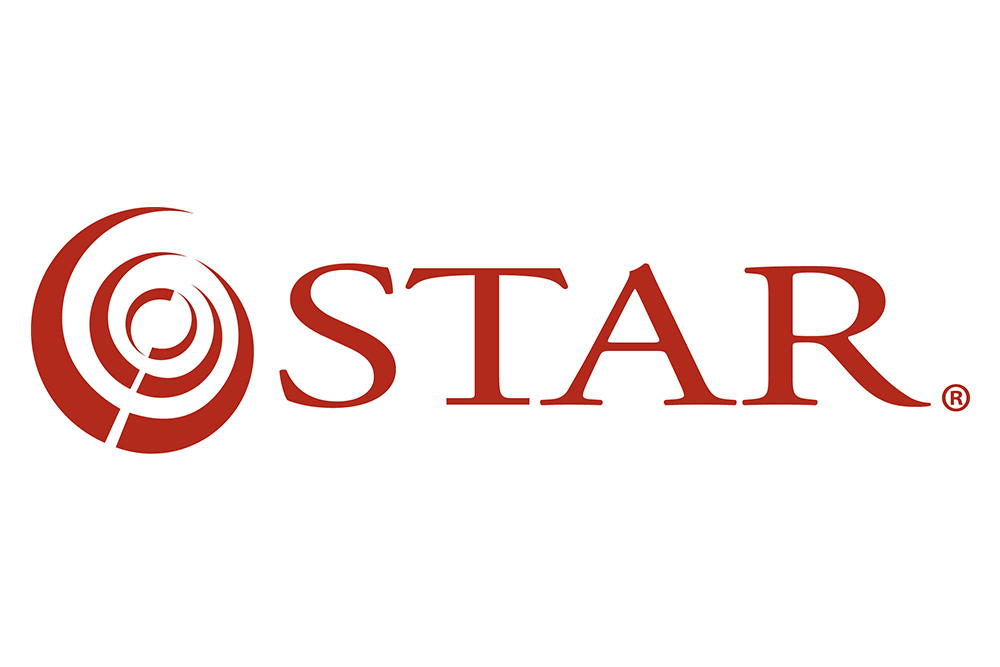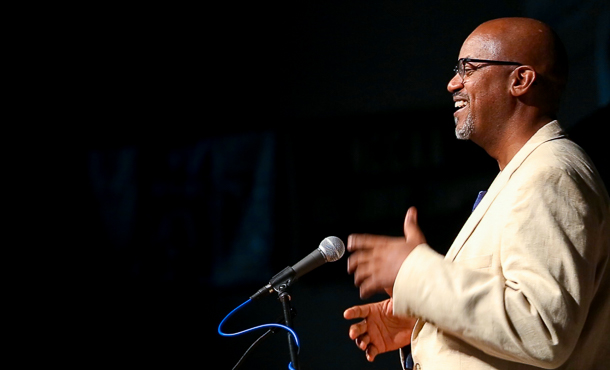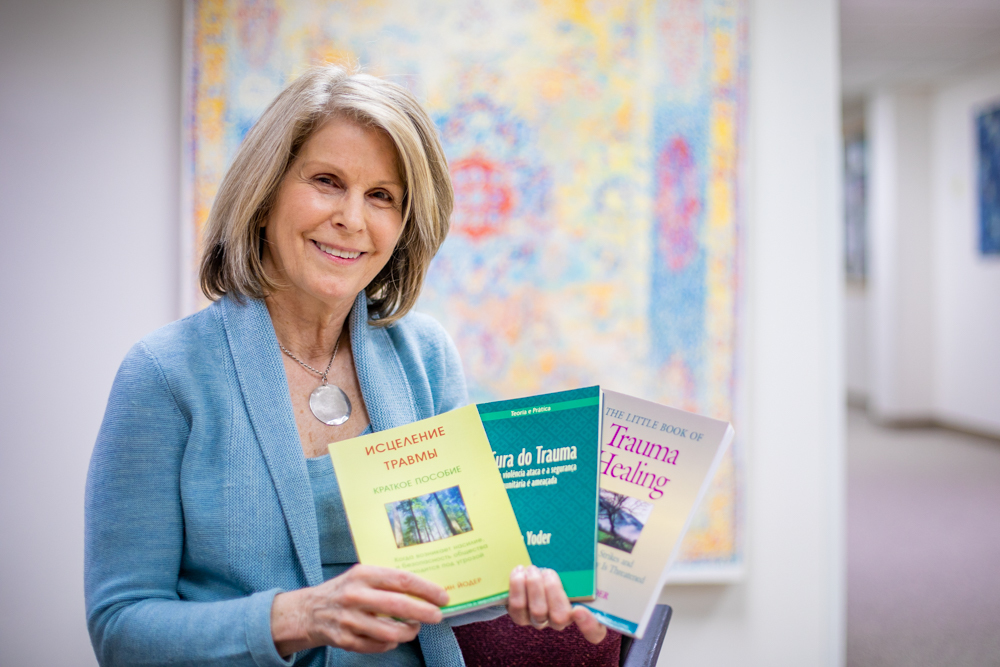Nearly 15 years after its original publication, a new edition of the Little Book of Trauma Healing: When Violence Strikes and Community Security is Threatened was released by SkyHorse Publishing this week. Author Carolyn Yoder integrates new theories and developments in the field with the book’s justice-and-conflict-informed approach to working with individual, community, and societal trauma.

Although revised before the COVID-19 pandemic and protests in the United States against systemic racial injustice, the book addresses the dynamics of collective trauma, when our sense of safety is eroded. Individuals and groups are more likely to act and react from the survival behaviors of fight, flight and freeze. The capacity for heartfelt ways of relating and problem-solving abilities can be diminished. On the other hand, times of crisis are times of opportunity.
“The core principles of the book feel truer and more relevant than in 2005,” she said, citing the sections on the types of leaders – reparative, destructive, and malignant – and the processes needed to address group trauma: releasing the physical effects of trauma, acknowledgement of the issues and root causes, doing justice, and conflict transformation.
In a time of pandemic, “the collective” encomposes the whole world, says Yoder. COVID-19 is also a shared trauma, meaning that helpers – medical and mental health practitioners, humanitarian workers and first line responders – are experiencing the same threat as those they serve. Thus, they are more vulnerable to being traumatized themselves.
STAR rises from 9/11

The core concepts of the Little Book of Trauma Healing are based on the curriculum of the Strategies for Trauma Awareness and Resilience program (STAR), which Yoder, as the first STAR director, created with faculty of EMU’s Center for Justice and Peacebuilding in the wake of Sept. 11, 2001. Funding for the initiative came from the organization Church World Service.
“STAR was innovative in that it was designed for communities and integrated concepts from traditionally separate fields of study and practice,” Yoder says. STAR draws from the fields of interpersonal neurobiology, psychology, human security, restorative justice, conflict transformation, faith/ spirituality.
In the years since 2002, hundreds of STAR trainings have impacted thousands of people on six continents. The curriculum has been adapted for a variety of contexts, including racial and historic harms, veterans, youth, families, and refugees.
While Yoder says that written material “can’t begin to capture” the impact of a STAR training with experiential exercises that “bring the core concepts to life,” the original Little Book of Trauma Healing has a legacy in its own right.
‘A gift that keeps on giving’
Over the years, the book has been translated into Portuguese, Korean, Burmese, Spanish, Russian, and Dari and other languages are in process.. The spread of these ideas across language barriers has been “one of the strongest affirmations” of her work, Yoder says.

“This little book is a gift that keeps on giving,” shares Donna L. Minter, founder and executive director of the Minnesota Peacebuilding Leadership Institute. Minter has taught STAR since 2010.
“Readers share that it allows them to connect being trauma-informed and resilience-oriented with restorative justice strategies for healing, transformation, and empowerment,” Minter says.
Others have told Yoder that the book “helps people to name and address trauma,” both on a personal and systemic scale. She hopes the book helps individuals and groups prevent traumatic reactions and cycles of violence in this time of increased global turmoil.
New analysis and scholarship
Additions to the book include a focus on neuroscientist Stephen Porges’ polyvagal theory, research into the success of nonviolent resistance movements, and more material about structural trauma.
Polyvagal theory conceptualizes “what happens to us at a physiological level when we feel safe or when we feel threatened.” To the traditional “fight or flight” model, polyvagal theory adds more emphasis on the “freeze” response. This is when a person becomes physiologically immobilized, collapsing or submitting when they cannot escape an unsafe situation, such as being in a war zone or in a threatening home or work space. Yoder explains that when any of these three stages happen, they cannot skillfully navigate positive social relationships or creatively solve problems. “This creates cycles of violence,” she said.
The increased emphasis on structural trauma in particular came from Yoder’s colleagues at CJP, from whom she sought feedback while writing the revision.
“Structural trauma comes from living in a system that is unjust or discriminatory in some way,” Yoder explains, such as “living in poverty or systemic racism or homophobia. Crises like the pandemic and yet another murder of a person of color lay bare these injustices.”

David Hooker, a professor of the practice of peacebuilding at the Kroc Institute, says that the book’s increased attention to historical, cultural and structural causes of trauma makes it “an essential introduction to trauma for justice advocates, community organizers, leadership trainers, and anyone concerned with personal and collective manifestations of trauma.”
Yoder also included scholarship from Why Civil Resistance Works (Columbia University Press, 2012) by Erica Chenoweth and Maria J. Stephan. Their research indicates that nonviolent resistance movements are twice as effective as violent ones.
This “challenges the myth of redemptive violence,” Yoder explains. “My colleague Donna Minter says ‘STAR is about transforming the energy of trauma into nonviolent power.’ This is one way individuals and groups break cycles of violence.”
To purchase, visit Skyhorse Publishing or Amazon. Group discounts are available for those purchasing more than one copy. Inquire at bookorders@skyhorsepublishing.com.
